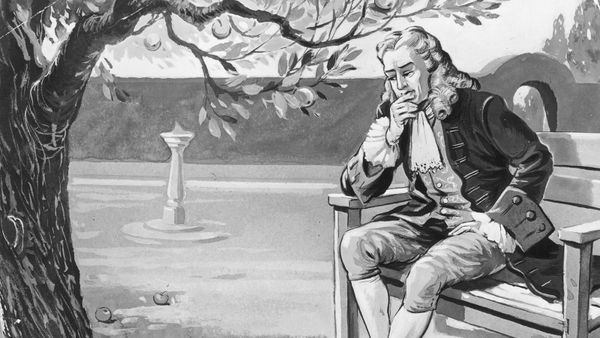Generations can recognize the "William Tell Overture" within a few notes of its launch, thanks to its lasting association with vintage Lone Ranger reruns and a 2013 cinematic remake of the same name. But who was William Tell, and did he really shoot an apple off his son's head?
Tell was a farmer and Swiss folk hero. He literally stands as a symbol of political freedom; there is a bronze statue of him in Uri, a mountain village that is the birthplace of modern Switzerland. As the country's founding father, Tell is both legend and legendary. As the story goes, in 1307, an agent of the Hapsburg duke of Austria placed a Hapsburg hat on a pole and ordered passersby to remove their caps. Tell refused and was then ordered to shoot an apple off his son's head with an arrow at 120 paces or he and his son would both be killed. Tell obliged and succeeded in hitting the apple off his son's head in a single shot.
Advertisement
What happened next kicked off a revolution among the poor, medieval inhabitants and led to an overthrow of capricious foreign rule. The agent asked Tell why he had a second arrow in his jacket, to which Tell replied, "If the first arrow had killed my son, I would have shot the second at you, and I would not have missed."
Tell was promptly detained and deported by boat, bound for a dungeon in a neighboring castle. He escaped, galvanized others in an uprising and the rest is a proud part of Swiss history.
Unfortunately, many scholars doubt that Tell was actually a real person. There's no evidence that he ever existed or that anyone in Uri shot an arrow off a child's head. More likely, the tale is amalgamation of events real and imagined.
While the uprising against Austria is steeped in reality, the addition of Tell's daring feat probably comes from a remarkably similar story originating in 18th-century Denmark. In it, a Viking chief boasting of his marksmanship to a king, who promptly ordered the Viking to prove it. The king placed an apple on the Viking man's son and ordered the Viking to shoot it off his head with a single arrow. The Viking did so, and when asked why he had another arrow in his vest, replied, "To kill you, sire, had I killed my son" [source: Wernick]
Even the first written account of Tell's exploits -- appearing 250 years after the supposed events occurred -- had to be revised to match other accounts of Switzerland's budding independence, adding even more weight to the fact that Tell's life may have been a tall tale after all [sources: Wernick, Britannica].
Advertisement


